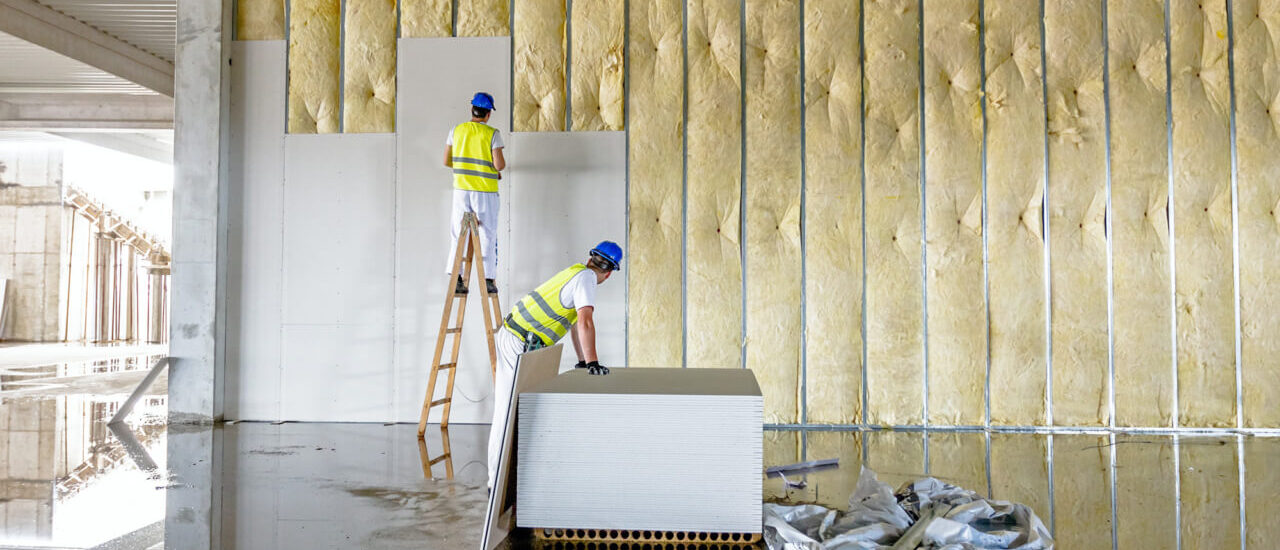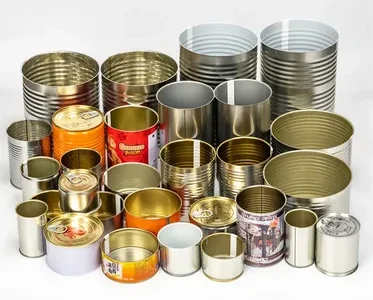The global building thermal insulation market is anticipated to create an absolute dollar opportunity in the future by securing US$ 29,034 Million in 2022. The market is expected to exhibit a stable CAGR of 4.3% throughout the forecast years from 2022 to 2032. By 2032, the building thermal insulation market is slated to reach a valuation of around US$ 44,233.7 Million.
Rising commercial and residential applications to trim down the overall energy costs and increasing consumer awareness about energy consumption are expected to bolster growth in the market. According to Indian Green Building Council, insulation building saves money and protects the environment at the same time. It enhances general comfort and decreases monthly expenditure. With the introduction of green technologies and green practices, energy savings can reach as high as 40% to 50% in the global market.
Key Takeaways
• The industry’s focus is drastically being shifted from the environmental impact of insulation materials to the advancement of environment-friendly products. This drastic shift is due to changing consumer preferences for more advanced technologies. Furthermore, recyclable thermal insulation packs are also gaining traction due to the stringent government regulations responsible for conventional products like plastic foams.
• The growing environment awareness and surging preference for recyclable, green, and biodegradable products by homeowners, businesses, and architects are expected to augment growth in the market across the forecast period.
- There is a reasonable surge witnessed in the world for building thermal insulation attributed to the expansion of buildings and the construction sector. Thermal insulation systems help buildings in keeping a check on temperatures and make them consistent by reducing heat transmission between the adjacent environments. These efficient insulations also cut down on carbon emissions by decreasing heat transfer to the outside environment and it also needs way lesser energy to maintain temperature.
- Due to the rise in industrialization, thermal insulations are widely installed in commercial buildings in order to save energy, which is expected to spur the market size in the upcoming years. According to the U.S Census Bureau and U.S Department of Housing and Urban Development, 1,295,000 housing projects were completed. The rising construction projects are anticipated to foster the building thermal insulation market in the forecast period.
- Affordable insulation services have led consumers to buy DIY insulation products due to their affordability and being less expensive. Such DIY products are available as insulating panels and sprays designed by professionals for specific consumers who cannot afford the high-end insulation services.
- Residential construction across the world is gaining significant traction owing to the factors such as migration from rural areas to service sector clusters, the increasing trend of nuclear families, and population growth.
Request a Sample @ https://www.futuremarketinsights.com/reports/sample/rep-gb-358
Competitive Landscape
Key market players are anticipating offering DIY insulation products because of their low cost and help reduce consumers’ overall market expense. In addition to that, widespread awareness of energy efficiency in residential buildings is fueling market growth. Prominent players in the market are adopting various innovative technologies that are expected to widen the market growth scope in the coming time.
More Insights into the Building Thermal Insulation Market
According to the FMI analysis, North America is anticipated to dominate the global building thermal insulation market by securing 27.3% of the total market share in 2022. The U.S. is expected to account for the largest market share owing to several initiatives taken to expand of adoption of insulation in the market.
North America is witnessing a surge in residential and commercial construction activities combined with the implementation of stringent green building codes to reduce the energy consumption per structure, which is projected to accelerate the market growth.
Europe is expected to emerge as a lucrative market by possessing a total market share of 18.1% in 2022. The growth of the European region is attributed to the initiatives taken by Registration, Evaluation, Authorization, and Restriction of Chemicals (REACH) and the European Commission to promote thermal insulation as a means of energy conservation.
Germany has a significant contribution to the surge in the regional market across the estimation period. According to the Main Association of the German Building Industry, the German Construction sector is likely to bring in sales of Euro 151 billion in 2022.
The Asia Pacific is expected to portray a positive growth rate throughout the assessment period, attributing the growth to a surge in construction activities in the region in order to meet the demands of a growing population. China is predicted to account for the largest market share.
Request for Customization @ https://www.futuremarketinsights.com/customization-available/rep-gb-358
Key Segments Profiled in the Global Building Thermal Insulation Market
Material:
- Wool Insulation/Open Cell Building Thermal Insulation
- Stone Wool Building Thermal Insulation
- Fiberglass Wool Building Thermal Insulation
- Plastic Foams/Closed Cell Building Thermal Insulation
- Extruded Polystyrene Building Thermal Insulation
- Polyurethanes Building Thermal Insulation
Building Type:
- Residential Building Thermal Insulation
- Commercial Building Thermal Insulation
- Industrial Building Thermal Insulation
Application:
- Building Roof Thermal Insulation
- Pitch Roof
- Flat Roof
- Building Wall Thermal Insulation
- Air Cavity Wall
- External Wall
- Internal Wall
- Building Floor Thermal Insulation
Region:
- North America
- Latin America
- Europe
- Asia Pacific
- Middle East and Africa
Table of Content
1. Executive Summary
1.1. Global Market Outlook
1.2. Demand-side Trends
1.3. Supply-side Trends
1.4. Technology Roadmap Analysis
1.5. Analysis and Recommendations
2. Market Overview
2.1. Market Coverage / Taxonomy
2.2. Market Definition / Scope / Limitations
3. Market Background
TOC continued…!
Related Links:
https://www.mediafire.com/file/9nltvtib3vl4f3q/Gulf+Corporation+Council+Cement+Market.pdf/file
https://www.pearltrees.com/futurechemical/item500302574
About FMI
Future Market Insights (ESOMAR certified market research organization and a member of Greater New York Chamber of Commerce) provides in-depth insights into governing factors elevating the demand in the market. It discloses opportunities that will favor the market growth in various segments on the basis of Source, Application, Sales Channel and End Use over the next 10-years.
Contact Us:
Future Market Insights Inc.
Christiana Corporate, 200 Continental Drive,
Suite 401, Newark, Delaware – 19713, USA
T: +1-845-579-5705
For Sales Enquiries: sales@futuremarketinsights.com
Browse latest Market Reports: https://www.futuremarketinsights.com/reports
LinkedIn| Twitter| Blogs




